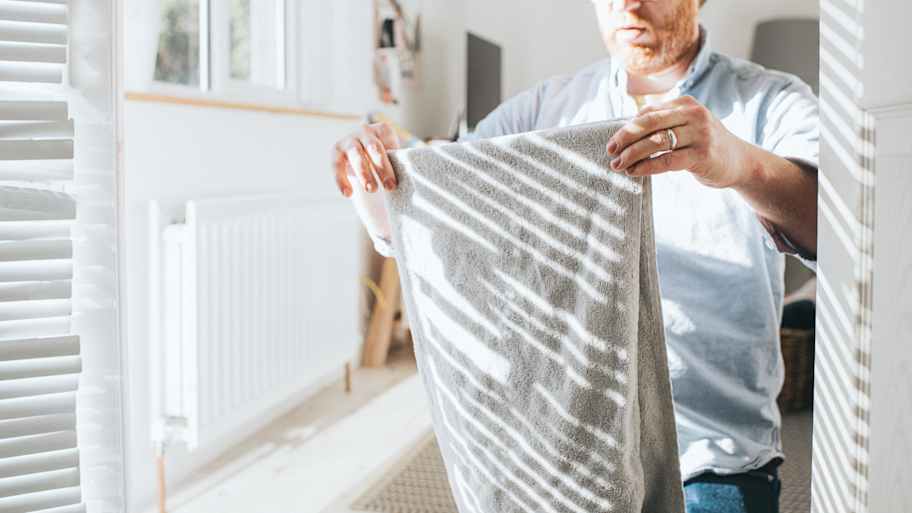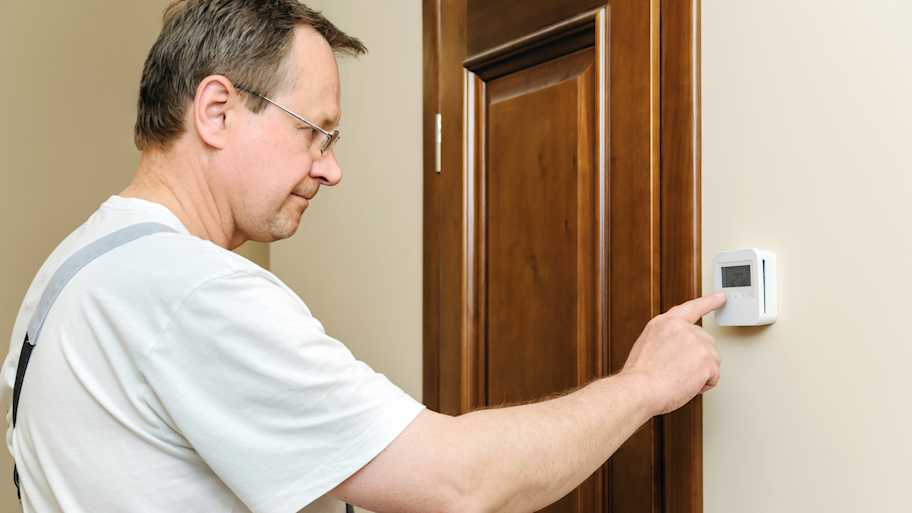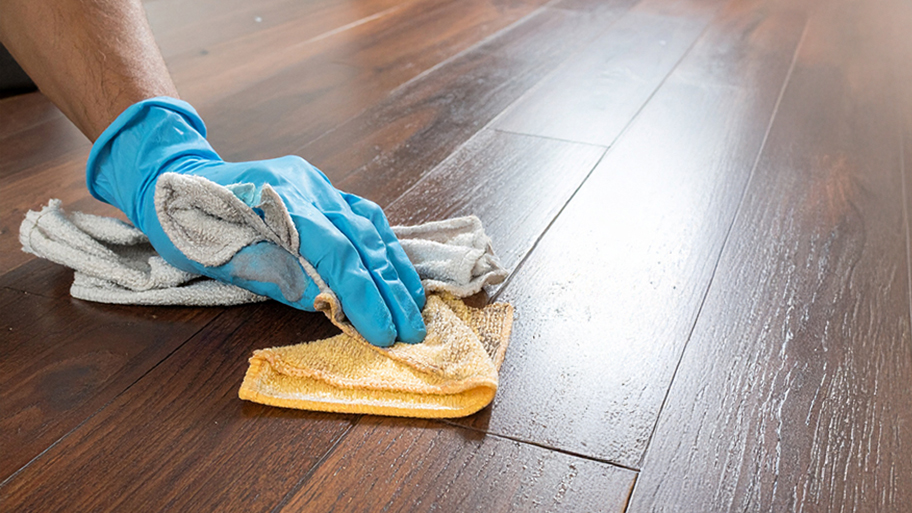
Whether it’s wine, chocolate, or pet urine, there are many ways to remove stubborn carpet stains. Learn how to get all kinds of stains out of your carpet.
Say goodbye to carpet that won’t dry


Carpet provides many benefits for your home, including warmth, comfort, safety, and noise reduction. However, it’s crucial to properly clean and dry your carpet to maintain the functionality and appearance of your floors. Improper or incomplete drying can result in mold, unpleasant odors, and damaged carpet. Here’s how to dry carpet after cleaning.
Fans aren’t just good for cooling off. You can also use them to speed up the drying process after cleaning your carpet. Using a ceiling fan is ideal since its overhead position reduces drying time significantly. However, you can also use a portable fan, but it takes longer to dry. For optimal results, turn on your ceiling fan and power up all of the portable fans available.

If you don’t mind putting in some elbow grease, towel drying is an effective and convenient option. Towels are designed to absorb large amounts of moisture, and your wet carpet is no exception.
Start by finding towels that you’re comfortable with placing on the floor. While it depends on the size of your carpet, you’ll probably need quite a few. Then, spread the towels so they entirely cover the wet carpet. Next, press the towels firmly into the carpet. Walking or firmly stomping on the towels is often the most effective way to soak up the moisture. When the towels are completely wet, replace them with dry towels and repeat the process until your carpet is completely dry.
It’s important to make sure that your floors are completely dry after a carpet cleaning, which includes the padding underneath. Wet padding can lead to mold growth and serious damage to your floors. Hiring a professional carpet cleaner near you can ensure your carpets are cleaned correctly, preventing carpet damage.
If you suspect that your floors aren’t completely dry, use a pair of pliers to peel back the surface layer of carpet and expose the padding. Once the padding is exposed, you can use several methods to dry it out. You could use a fan, dehumidifier, natural air, or even a vacuum to dry padding.

When considering ways to dry your carpet, don’t forget about your beloved HVAC system. If natural ventilation or fan-generated air doesn’t do the trick, turning on the heat (or turning down the AC) is a solid alternative. Carpet will dry quickest when temperatures are high, humidity is low, and airflow is abundant.
If it’s below 50 degrees fahrenheit outside, ventilation and heat will help your carpet dry. However, if it’s warm and humid outside, dehumidifying the area and bumping up the AC can maximize drying conditions. Just be sure to use the AC cautiously, as cool air can contribute to mold growth.
The key to drying your carpet thoroughly is to create an effective ventilation system. Moving air replaces humid air surrounding the carpet with drier air. This means that increased airflow leads to shorter drying times. You can maximize airflow in your home by opening doors and windows, and using high-powered fans.
Keep in mind that high levels of humidity and inclement weather can negatively affect airflow. If it’s humid and wet outside, avoid opening doors and windows. Instead, create airflow using other methods we’ve discussed above.
From average costs to expert advice, get all the answers you need to get your job done.

Whether it’s wine, chocolate, or pet urine, there are many ways to remove stubborn carpet stains. Learn how to get all kinds of stains out of your carpet.

When you need your carpets cleaned and you want to show your appreciation, how do you tip carpet cleaners? Find out here.

Steam cleaning keeps floors spotless, but not all flooring materials are compatible with steam. Use this guide to know when (and when not) to steam clean vinyl floors.

Here’s how to get paint off of wood floors, no matter what type of paint it is or just how much of it you need to remove.

Steam cleaning is effective on certain kinds of tile floors. Read our guide to learn the ins and outs of steam cleaning and see if it’s suitable for your floor.

Many homeowners want to know how often they should mop their floors. Depending on the room and household size, it may be more often than you think.